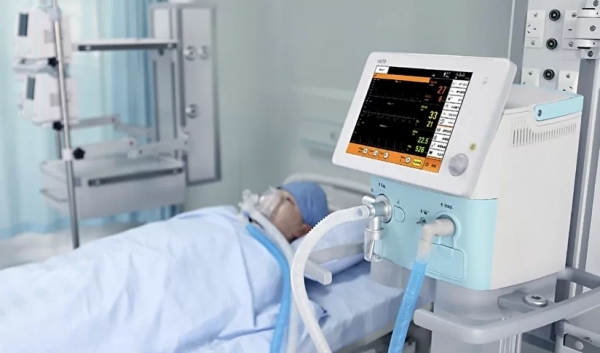
When it comes to healthcare devices that a commoner can buy and use at home, the pulse oximeter is one of the most important right now. This particular device gained popularity primarily because of the pandemic. However, it has been around for a long time. It’s a compact machine that can help you in monitoring your pulse and blood oxygen concentration non-invasively and painlessly. Clinical Lab Equipments Manufacturers can offer different types of oximeters today, but the fingertip variant is the most widely used because it’s easy to operate.
How they work
If you purchase a fingertip oximeter, you have to clip it to the tip of your forefinger. These devices pass red and infrared lights through your finger, and their sensors attempt to detect the oxygen level in your blood. The process depends on the way the lights pass through. The screen of the machine will then display the oxygen levels in your blood in percentage values. Modern variants can also calculate and display pulse rates.
Purposes served
Oximeters serve multiple purposes. Here you’ll learn about a few of them.
You can use them at home to monitor oxygen levels. Doctors also use them at hospitals to measure oxygen concentration in patients after they undergo surgical procedures. Oxygen measurement is crucial, especially if the patient gets sedated during or after surgery.
The values displayed by an oximeter can determine whether a patient needs external help for breathing.
It can help to assess the effectiveness of supplemental oxygen therapy.
It can help in evaluating the effectiveness of new medications.
Things to look for
If you’re going to purchase a pulse oximeter from Clinical Lab Equipments Suppliers, you should pay attention to the following factors to determine the effectiveness of the product of your choice.
Reading accuracy: If possible, you should take two or more devices of the same brand and compare their readings. Faulty products will display noticeable fluctuations in the readings. You can also go through the reviews left by previous customers if you’re going to buy one over the web.
Certifications: Usually, pulse oximeters get certified by medical organizations. Agencies like the FDA, CE, and RoHS evaluate the devices fabricated by various brands to gauge their quality standards. They also certify the brands based on their findings. Therefore, before you consider buying something, remember to check these certificates.
Clarity and brightness: The readings on the device have to be clear and bright enough so that anyone can use it with ease.
Durability: Another factor worth mentioning is the durability of the device. Of course, you shouldn’t expect it to survive if you beat it with a hammer. However, some products are water-resistant.
Conclusive statements
As already mentioned above, pulse oximeters gained more popularity after the pandemic started. Even after that, there are numerous homes out there that don’t have one. However, it’s beneficial to keep one at home at all times to stay safe. After all, if you keep a thermometer at home, why would you avoid buying a pulse oximeter when it can prove to be a bigger lifesaver?





